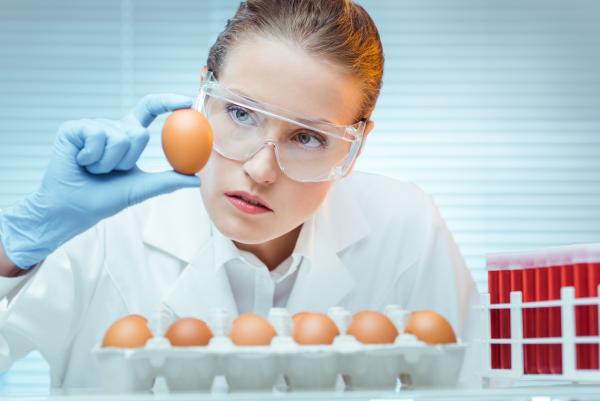Good immunity is essential in preventing intestinal problems. The routes for supporting this defence system are constantly being adjusted. The vitamin highway is still in full swing and that offers prospects for progress. In a short series, we explore this route, with excellent intestinal health as the final destination.
Immunity, gut health and productivity
We are constantly learning about the specific relationships between vitamin levels, mutual relationships and health effects. This also applies to immunity, intestinal health and productivity. For instance, it was shown fairly recently that the immune response of laying hens improves gradually with increasing vitamin A levels, resulting in higher productivity.
The why of vitamin supply
The raw materials in standard diets and the animal's own synthesis do not always comply with the need for active vitamins. In addition, requirements vary, physiological or biochemical limitations can make absorption difficult or external circumstances play a role. For example, exposure of pigs to sunlight results in higher blood levels of vitamin D and pigs on organic farms have consequently higher vitamin D levels. Conventional farms have to provide this via the feed in order to achieve higher blood values.
Quantifying such secondary sources is generally difficult. In practice, only added vitamins (in free form) to the feed are usually taken into account.
Setting and validating standards
Setting recommendations for supplementary vitamin provision is no easy task. DSM closely follows the research and practical experiences and also invests in this itself. This results in a picture that gradually becomes clearer. Increase of growth in combination with sharper feed conversion requires a dynamic ration and varying levels of micronutrients such as vitamins. Validation of standards through animal performance is invaluable and has shown that piglets based on DSM standards are healthy and perform well.
Differences between recommendations
The standards for vitamin supply are not unambiguous. For example, DSM advises a level of 100-150 ppm vitamin E in feeds for young piglets, while the NRC advises 40 ppm. The main explanation for this lies in the starting point. We distinguish three levels of provision:
- The deficient level (shortage)
- The minimum level (just sufficient)
- The optimal level (more than sufficient)
The NRC norm is aimed at the prevention of deficiencies and is therefore on the minimal level. DSM uses a broader standard and therefore achieves better technical results. Animals should not only be kept in their legs; they are top athletes who can only perform at their best if their diet is adjusted accordingly.
The NRC standard is aimed at preventing deficiency symptoms and is therefore at the minimum level. DSM uses a broader standard and thus achieves better technical results. Animals should not only be kept in their legs; they are top athletes who can only perform to the best of their abilities if their diet is adjusted accordingly.
.png)
Figure 1. From vitamin production to consumer. The process divided into various segments that influence the final provision of vitamins to the animal.
The key to success
Is this everything? Certainly not. DSM has a wealth of knowledge and experience in animal nutrition, additives and vitamins (also for human use). If you look beyond the basic needs of the animal and set additional quality targets for meat, dairy and eggs (think of ingredients), there is much more to be said about vitamin supply. Our nutritionists will be happy to tell you how DSM translates that into premixes.


